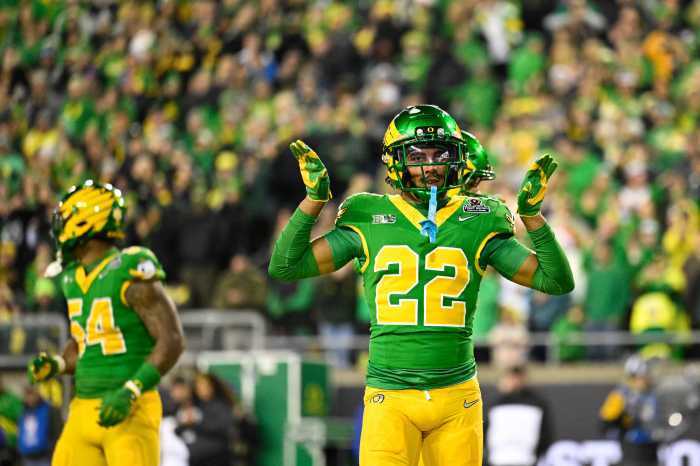Due to a lack of oversight, public schools have been providing their students with only a third of required vision screenings and about half of required hearing tests, according to a report by the office of New York City Comptroller William Thompson.
The report, released June 19, also found that schools do not always follow up with parents when their kids fail these tests.
Studies have shown that if children’s vision and hearing problems are left untreated, they interfere with academic and social development, so such screenings matter — and they are required by city law.
“In addition to the profoundly distressing - and avoidable - health and learning implications, there are also considerable economic consequences,” said Thompson.
“Many students whose sole challenge is an undetected hearing or visual impairment are being inappropriately placed in costly special education environments,” Thompson explained.
During the audited period - school years 2002-2003 through 2005-2006 - the Department of Education (DOE), in conjunction with the Department of Health and Mental Hygiene (DOHMH), failed to administer the necessary number of screenings because the DOE, which is ultimately responsible for proper screening, had no central unit reviewing test data, according to the report.
But in 2007, the DOE did create such a unit to monitor the process, beginning in the 2007-2008 academic year, the report revealed.
The vision and hearing screenings have to be conducted from pre-kindergarten through third grade and then in grades five, seven and 10. One vision screening and one hearing screening is required per year for all the mandated grades.
Corona’s P.S. 92, at 99-01 34th Avenue, is just one of the schools with inadequate testing. While the DOHMH conducted 97 percent of the hearing tests the agency was responsible for, the DOE fulfilled only 18 percent of its requirement, according to the report.
The school did a better job with vision tests though: the DOHMH administered 97 percent of its required screenings while the DOE performed about 70 percent, the figures showed.
This happens because if children are absent during tests, school officials fail to note it down and ensure that the children receive the missed screenings, admitted Pat Baratta, P.S. 92 principal.
Still, this is not much of a problem, Baratta said. “If we didn’t catch them, parents can take them to the eye doctor. I don’t have any disappointed parents,” he said.
Teachers also help, Baratta added. “If a child is squinting or has trouble hearing, they’ll bring it to the parent’s attention.”
A week after the release of the report, Thompson called on state legislators to mandate vision and hearing screening for kindergarten and first grade.































